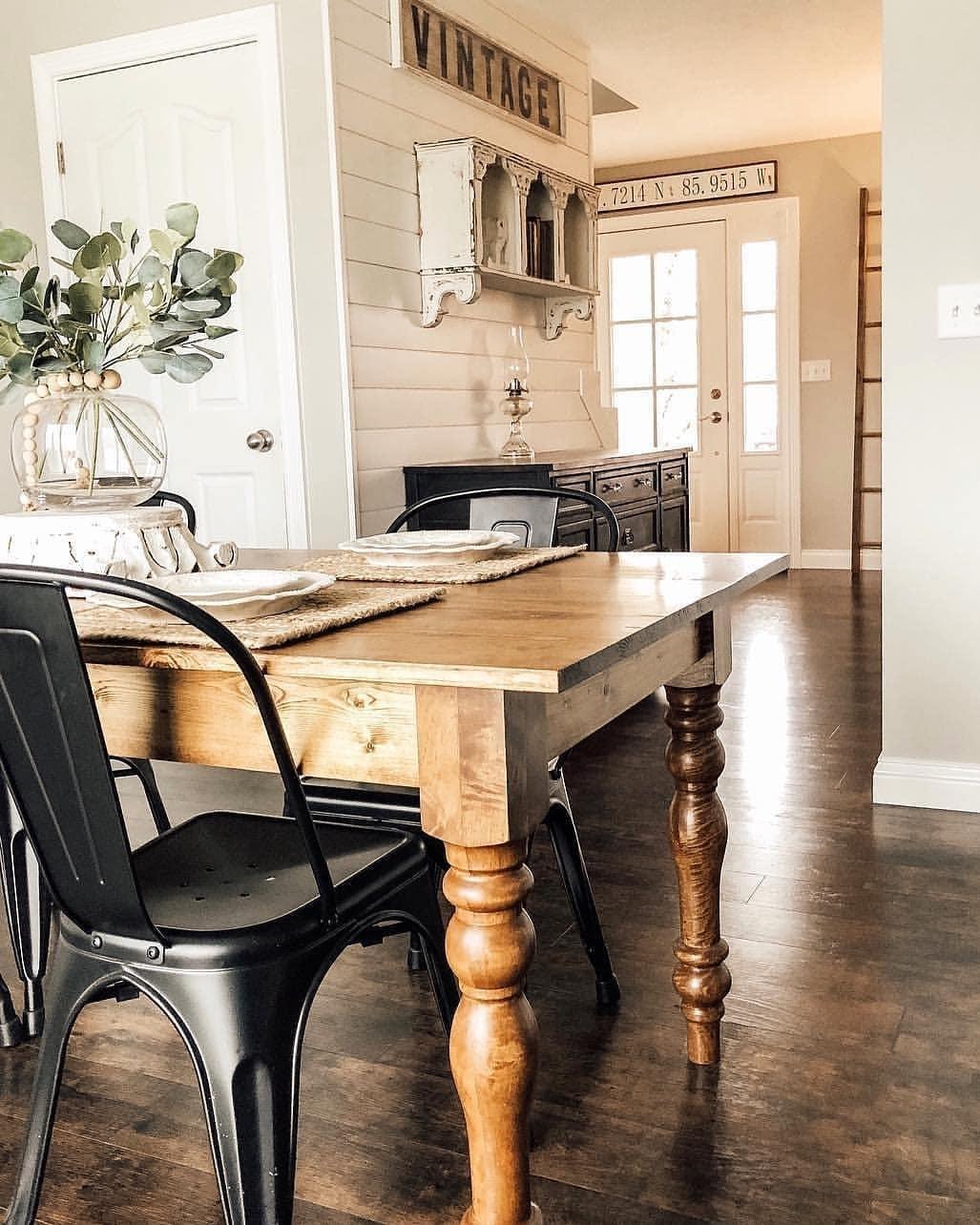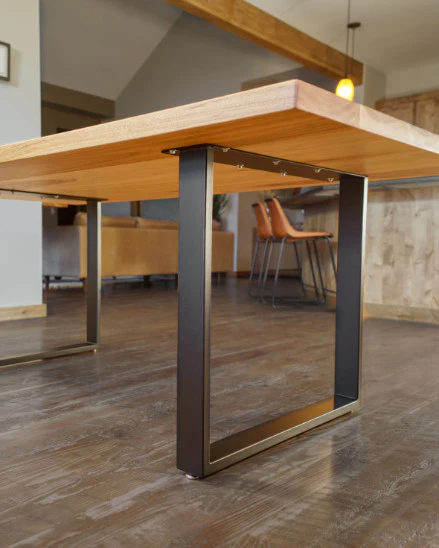Upgrade Your Furniture with Stylish Dining Room Table Legs
Upgrade Your Furniture with Stylish Dining Room Table Legs
Blog Article
A Comprehensive Take A Look At Table Leg Styles: Finding the Ideal Suit
Choosing the appropriate eating table leg design is important for both aesthetic charm and functional capability. For those with larger tables, trestle legs guarantee tough support, whereas hairpin legs introduce a mid-century contemporary vibe with their minimalist style. The x-shaped legs mix modern design with improved stability.
Typical Four Legs
Among the numerous types of table leg styles, the standard four-leg design stays a timeless selection for several houses. This timeless configuration uses an unified blend of functionality and visual appeals, making it a perennial fave. 4 legs give well balanced support, ensuring the table remains steady and efficient in bearing substantial weight. This is particularly advantageous for families that frequently host large gatherings or utilize their dining table for multiple purposes, such as work or crafting.
From a visual point of view, the traditional four-leg style can be quickly adapted to different indoor styles. Whether crafted from wood, steel, or a mix of products, these legs can be intricately sculpted, sleek and minimalistic, or anything in between. Their versatility permits them to complement both rustic and contemporary setups effortlessly.
Furthermore, the straightforward structure of the four-leg layout promotes simplicity of movement and placement within a space. Unlike even more facility bases, this style lessens blockages, providing enough legroom for restaurants. In recap, the conventional four-leg table leg design weds withstanding beauty with useful capability, making it a sharp choice for those seeking both form and function in their eating furniture.
Stand Base
Frequently celebrated for its classy and space-efficient layout, the pedestal base is a prominent alternative to the conventional four-leg configuration in table leg designs. This distinctive base usually includes a single main column sustaining the tabletop, which can differ in type, from ornately carved timber to sleek, contemporary metal. Among the primary advantages of the pedestal base is its capability to make best use of legroom and seating versatility. Without corner legs, diners are afforded better liberty of activity, making it an ideal option for round and oval tables that promote more intimate and comprehensive gatherings.
The central column itself supplies a canvas for elaborate layouts and artistic expressions, adding a component of visual interest under the table. In recap, the pedestal base incorporates functionality with style, making it a fine-tuned and useful alternative for diverse dining environments.
Trestle Legs
Trestle legs provide a robust and classic structure for dining tables, characterized by their straight cross-bracing and durable assistance beams. Stemming from middle ages times, this layout has advanced yet kept its necessary structure, making it a perennial fave in both conventional and contemporary setups. The central trestle light beam, commonly supported by two or more upright articles, uses outstanding stability, enabling bigger table lengths without the requirement for additional legs.
A considerable benefit of trestle leg tables is the enough legroom they supply. Unlike tables with 4 corner legs, the lack of blockages at the table's edges gives unobstructed room for chairs and restaurants, improving convenience and ease of access. This makes trestle tables ideal for suiting larger events, whether in an eating area or a reception hall.
From rustic farmhouse to streamlined contemporary layouts, trestle legs can be tailored to suit individual tastes. Their enduring charm and functional advantages make trestle legs a compelling choice for those seeking both style and usefulness in their eating table.
Barrette Legs

The allure of barrette legs lies in their simplicity and convenience - dining room table legs. Readily available in a series of products, consisting of steel and brass, they can be ended up in countless colors to enhance various interior designs. Whether coupled with a rustic wooden table top or a modern glass surface area, hairpin legs effortlessly blend functionality with a touch of classic appeal
Longevity is one more remarkable attribute of barrette legs. In spite of their fragile look, these legs are engineered to bear considerable weight, ensuring the dining table stays stable and safe and secure. In addition, they are fairly simple to set up, making them a popular choice for do it yourself lovers and specialist furniture manufacturers alike.
X-Shaped Legs

Built from products such as steel, wood, or a mix of both, X-shaped legs can be customized to match various style preferences. Steel legs commonly provide a streamlined and commercial feel, ideal for loft-style apartments and modern-day eating spaces. On see this site the various other hand, wooden X-shaped legs provide a warmer, extra rustic appeal, suitable for farmhouse or eclectic insides. The convenience in products permits house owners to tailor their eating tables to much better fit their overall style scheme.
Moreover, the engineering behind X-shaped legs makes certain even weight circulation, lessening the risk go to these guys of wobbling and improving longevity. This makes them specifically fit for larger eating tables that need extra assistance. Essentially, X-shaped legs mix sensible engineering with modern visual appeals, making them a classic option for varied dining environments.
Conclusion
An extensive understanding of dining table leg designs reveals the distinct attributes and benefits of each design. Typical 4 legs offer security look at these guys and classic appeal, while pedestal bases give legroom and a structured appearance. Trestle legs make sure robust support for bigger tables, and barrette legs introduce a mid-century contemporary aesthetic. X-shaped legs incorporate contemporary style with boosted stability. Choosing the proper leg style guarantees both useful and visual complete satisfaction in any kind of dining room.
Report this page